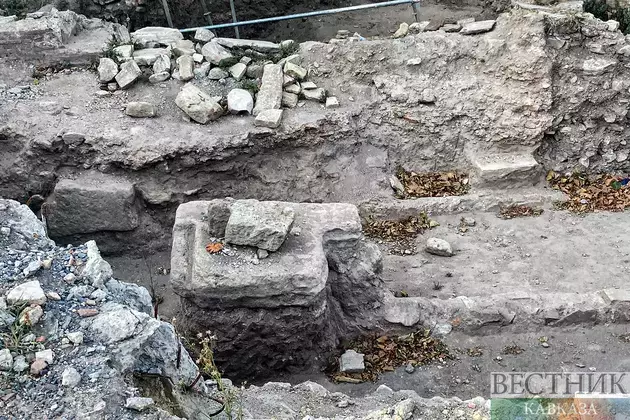Mysterious carvings deciphered at the Göbekli Tepe archaeological site in Turkey suggest the world’s oldest monument is a solar calendar built to memorialise a devastating comet strike, the journal Time and Mind reported.
A new study indicates that Göbekli Tepe, a 12,000-year-old temple-like complex containing carvings of intricate symbols, was constructed to record an astronomical event that sparked the dawn of human civilisation.
The world’s first calendar, made around 9,000BC, enabled people to observe the sun, moon and constellations in order to keep track of time and mark the change of seasons, scientists from the University of Edinburgh say.
“It appears the inhabitants of Göbekli Tepe were keen observers of the sky, which is to be expected given their world had been devastated by a comet strike,” Martin Sweatman, a co-author of the study, said.
The researchers say the strange V-shaped symbols carved onto pillars of the 15-metre-tall Göbekli Tepe could each represent a day.
Using this interpretation, scientists counted a solar calendar of 365 days on one of the pillars, consisting of 12 lunar months plus 11 extra days.
The summer solstice was represented by a special symbol, a V worn around the neck of a bird-like beast. Researchers suspect the other symbols at the site with similar V-markings at their necks likely represent deities.
As the prehistoric monument tracks the phases of the moon as well as the cycles of the sun, archaeologists believe the carvings represent the world’s earliest “lunisolar calendar”, predating every known calendar by many millennia.
The calendar was likely developed to record the date when a swarm of comet fragments hit the Earth some 13,000 years ago, scientists say.






